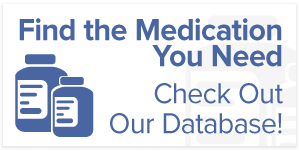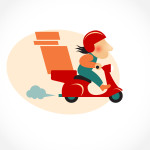How to Treat Fever in Babies and Infants
Fever in babies and infants can be a worrying experience for parents, but it is a common occurrence and usually not a serious condition.
A fever is defined as a body temperature above 100.4 degrees Fahrenheit (38 degrees Celsius) and is typically a sign that the body is fighting an infection.
In this article, we will discuss how to treat fever in babies and infants.
Monitor The Temperature
Monitoring the baby’s temperature regularly is essential to ensure it does not rise too high. A digital thermometer can be used to measure the temperature, and it is recommended to use a rectal thermometer for infants under three months of age.
The normal temperature range for babies is between 97.9 and 100.4 degrees Fahrenheit (36.6 to 38 degrees Celsius).
Dress The Baby Appropriately
Dressing the baby appropriately is important to regulate their body temperature. It is recommended to dress the baby in light clothing; if the room is cool, a light blanket can be used. Avoid overdressing the baby, as this can cause the body temperature to rise further.
Keep The Baby Hydrated
Fever can cause dehydration in babies and infants, so it is essential to keep them well-hydrated. Breast milk or formula can be given as usual, and water can also be given in small amounts for infants over six months. You need to avoid giving the baby sugary drinks, as they can worsen dehydration.

Administer Fever-Reducing Medication
Fever-reducing medication can be given to infants over two months of age to help reduce fever and alleviate discomfort. Acetaminophen (Tylenol) or ibuprofen (Advil or Motrin) can be given as per the instructions on the label or as directed by a pediatrician.
Aspirin should not be given to infants or children under 18, as it can cause a rare but serious condition called Reye’s syndrome.
Use Cool Compresses
Cool compresses can help lower the fever and provide relief to the baby. A cool washcloth can be placed on the baby’s forehead, armpits, and groin area. Try not to use cold water or ice, as this can cause the baby’s body temperature to drop too quickly.
Seek Medical Attention If Necessary
In most cases, fever in babies and infants is not serious and can be treated at home. However, it is important to seek medical attention if:
- The fever continues for more than three days
- The baby is younger than three months old
- The fever is above 102 degrees Fahrenheit (38.9 degrees Celsius), and the baby is lethargic or unresponsive
- There are other symptoms, such as vomiting, diarrhea, or a rash.
If you notice your baby has a fever that isn’t going down, don’t wait around. Get help as soon as possible to prevent the risk of complications.
For medication, you can contact Advocate My Meds to let us help you access the medicines. We are a prescription assistance organization focused on helping you return to health as quickly as possible.







